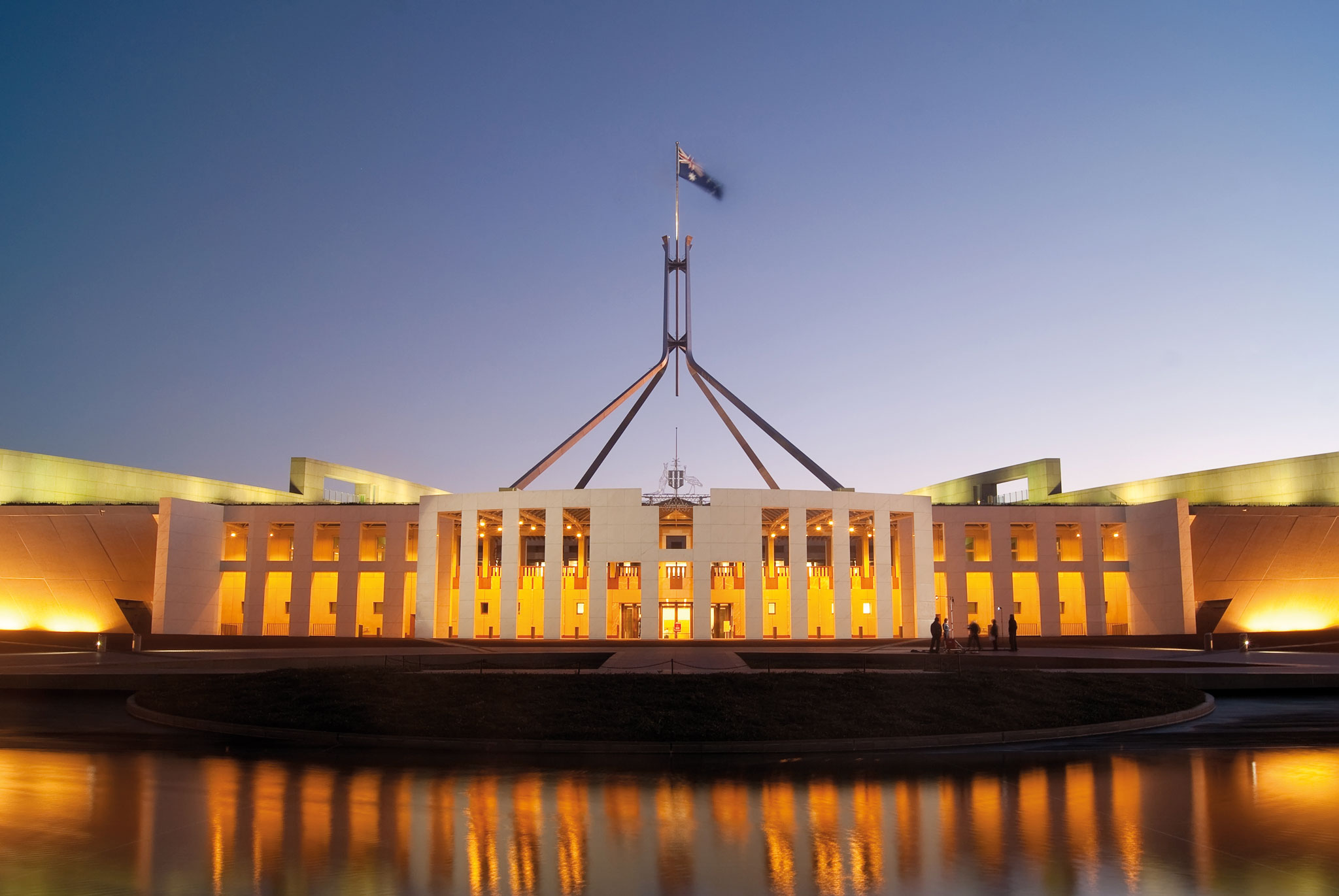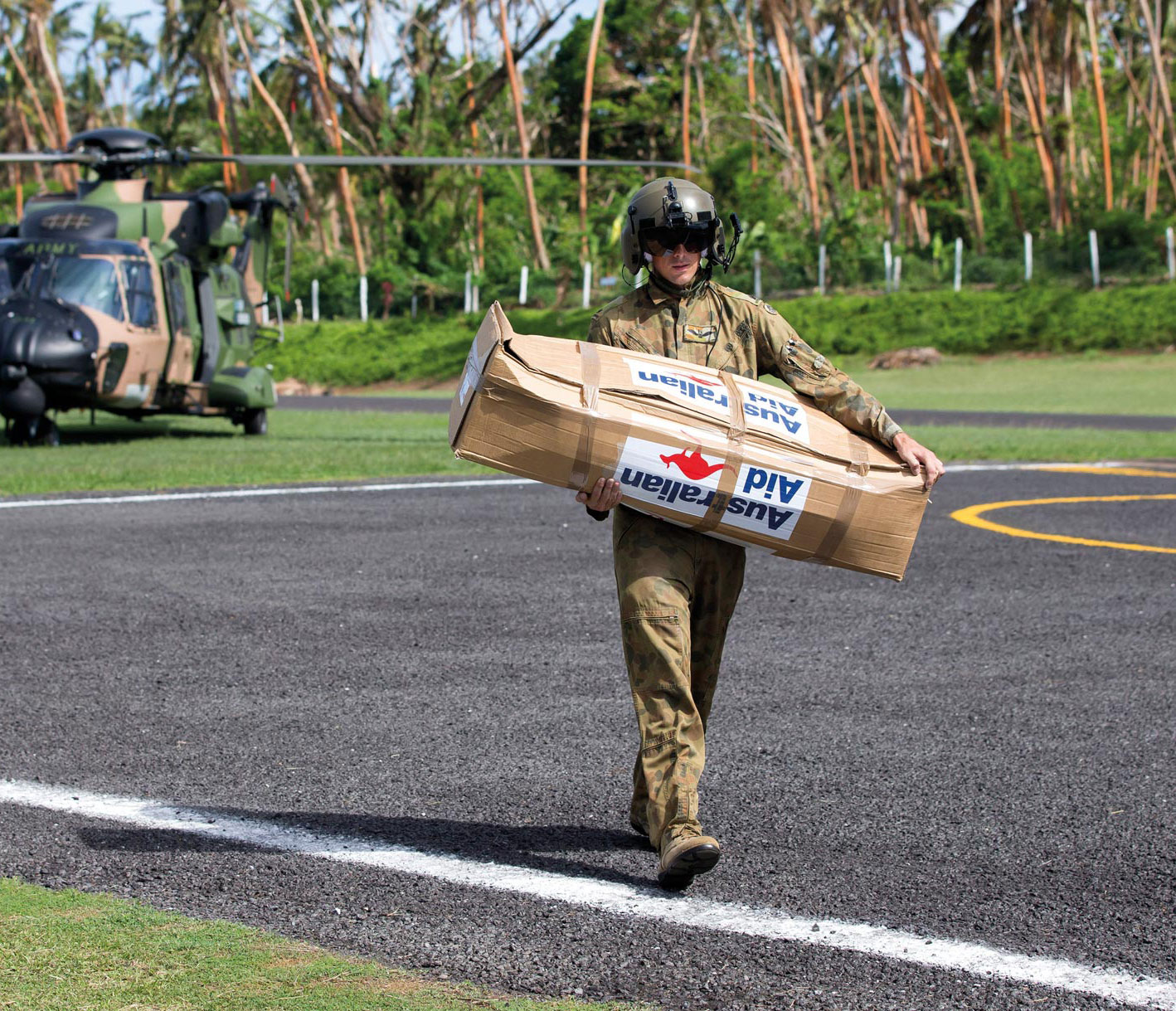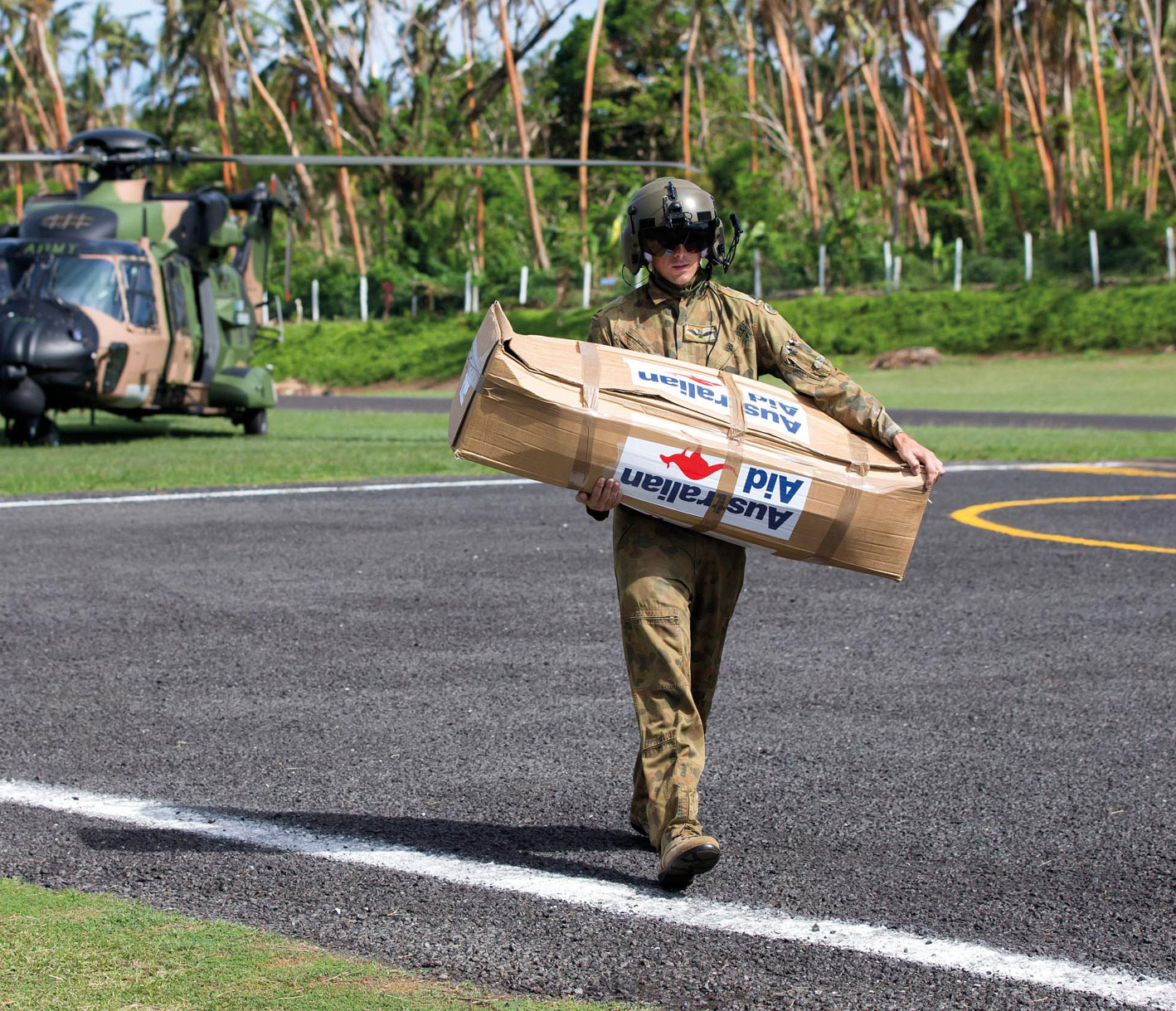Chapter 1 underlined the importance of a flexible and competitive economy to Australia’s prosperity and our national strength. Our openness to trade, investment, skilled migration and new technologies supports high living standards, creates jobs, and helps push down prices. In turn, policies that strengthen our competitiveness enable Australia to make the most of trade and investment opportunities.
The Government is strengthening our competitiveness over the next decade by substantially increasing infrastructure funding, investing in science and innovation, cutting the company tax rate to 25 per cent and returning the budget to balance. The Government is also strengthening national competition and consumer legislation to enhance the competitiveness of Australian businesses and give consumers more choice through well-functioning markets.
We are improving Australia’s infrastructure to boost our productive capacity and better connect us to international markets. We are investing $75 billion in transport infrastructure projects and over $50 billion for additional infrastructure, including the National Broadband Network, the National Water Infrastructure Development Fund and regional grants programs. The Government has also established a $5 billion infrastructure facility to support the development of major projects like ports, railways and electricity generation in northern Australia.
The Government’s National Innovation and Science Agenda (NISA) is encouraging the development of new technologies, including by supporting collaboration between businesses and universities, as well as tax breaks for venture capital investments and early-stage investors. It is also equipping Australians with the digital literacy and the science, technology, engineering and maths skills needed for the jobs of the future.
Under our Global Innovation Strategy, the Government is supporting businesses, researchers and start-ups to boost their international links, including through the opening of five ‘Landing Pads’ in innovation hubs in Berlin, San Francisco, Shanghai, Singapore and Tel Aviv.
Sectoral initiatives
The Government is helping boost the competitiveness of the Australian economy. Our initiatives, such as the NISA, support our businesses to ensure they have access to the skilled workers and researchers needed to secure Australia’s future.
The Government is supporting key sectors of our economy to transition into smart, high-value and export-focused industries. Our industry-led growth centres will drive collaboration, commercialisation, international engagement, skills and regulation reform, while the Entrepreneur’s Programme will give practical advice and support to businesses. The Government has established growth centres for the following sectors:
- advanced manufacturing
- food and agribusiness
- medical technologies and pharmaceuticals
- mining equipment, technology and services
- oil, gas and energy resources
- cyber security.
In addition, the Government has the following sectoral initiatives to drive our export competitiveness.
Minerals and energy
Australia’s minerals and energy sector is one of the largest and most advanced in the world, underpinned by a high-quality resource base, world-leading operational standards and cutting-edge technologies. We are helping to build knowledge about the size, quality and location of our resource deposits through initiatives like the $100 million Exploring for the Future program. In addition, National Energy Resources Australia (NERA) and METS Ignited (a growth centre for the mining equipment, technology and services sector) support the long-term competitiveness of the sector. The Government is also making substantial investments in clean energy, as detailed in Chapter 6.
Agriculture
As outlined in the 2015 Agricultural Competitiveness White Paper, the Government is assisting farm businesses by lowering tax, cutting red and green tape, supporting new infrastructure, developing northern Australia and helping businesses to innovate and create jobs. The Government is funding more training places and ensuring educational institutions respond more flexibly to the needs of industry. We support government and industry cooperation on agricultural research.
Education and training
The Government’s National Strategy for International Education 2025 sets out a 10 year plan to entrench Australia as a leader in education, training and research. We are strengthening the fundamentals of our education system to ensure Australia has a highly educated population. We will continue to deliver our distinctive model of education that connects early learning, schools, vocational education and training, and higher education to ensure that domestic and international students obtain a world class education and student experience. The Government is examining ways to increase recognition of Australian qualifications and licensing, creating new opportunities to export professional services and increasing the value of Australian qualifications to international students.
Tourism
Our Tourism 2020 strategy is a joint government–industry plan to improve the competitiveness of the sector. The strategy is on track to meet its overnight visitor expenditure target of $115–$140 billion by 2020, up from $70 billion in 2009.
Services
We aim to further boost services exports beyond education and tourism. The Government has commissioned a major study to identify emerging opportunities in the region and issues beyond cost that influence the ability of Australian services providers to compete internationally.
Manufacturing
The Government has integrated initiatives and policies to help the manufacturing sector transition to advanced manufacturing. We are working with Australian manufacturing businesses to improve their competitiveness, including through the $100 million Advanced Manufacturing Fund and the Prime Minister’s Industry 4.0 Taskforce.
Australia’s defence industry
We are also making a $200 billion investment in Australia’s defence capability. Increasing Australia’s defence exports will build the international competitiveness, resilience and sustainability of our defence industry and contribute to employment and economic growth. The Government’s Naval Shipbuilding Plan will improve and sustain our naval capabilities and support thousands of jobs.














